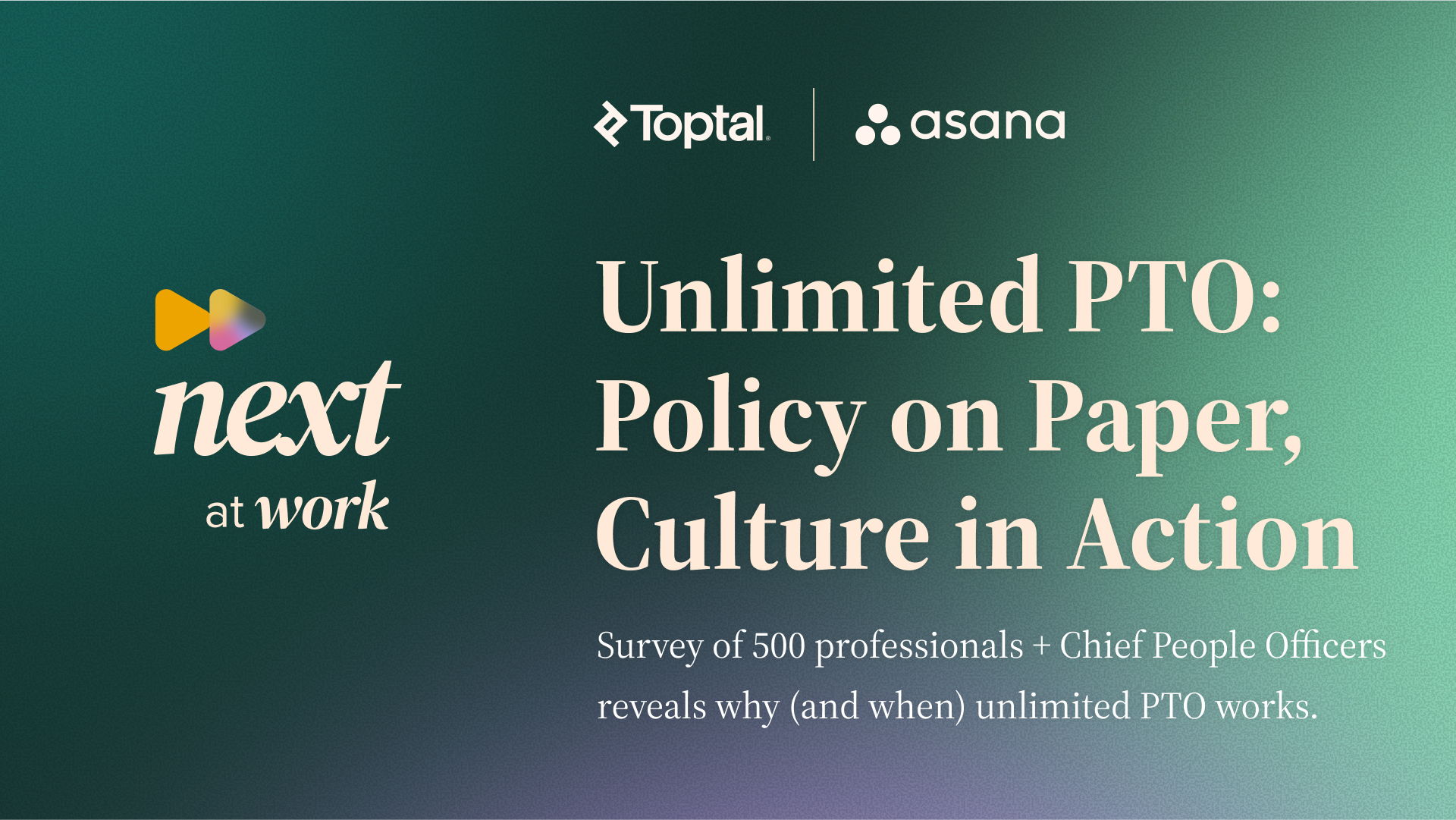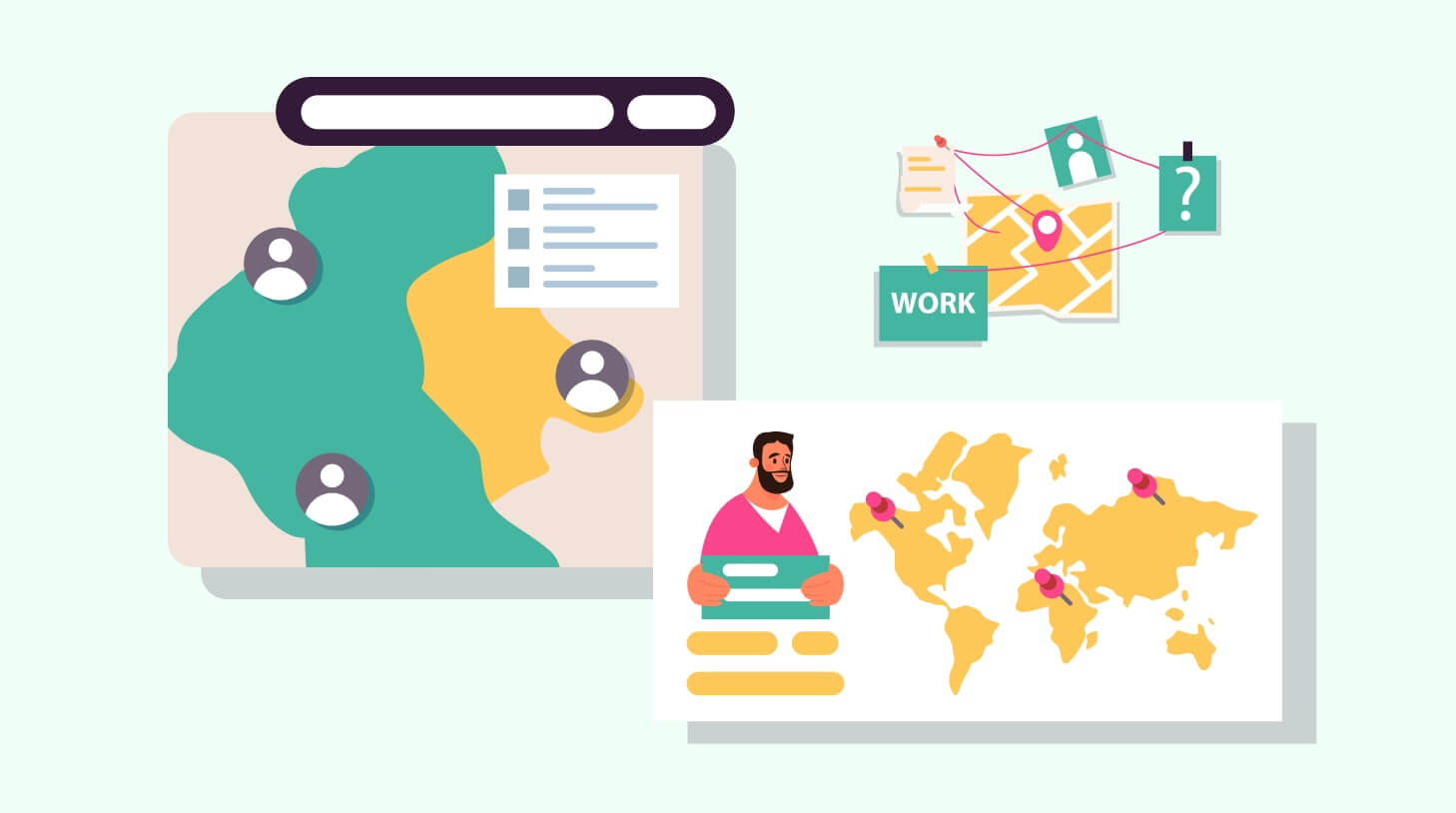5 types of onboarding plans: it’s not just for your new hires
Onboarding isn't just about getting your new employee ready in their new job. Explore the relevance of onboarding in employee transitions, change management, trainings, strategic initiatives and company mergers.

The first thing most people think about when it comes to onboarding is that it’s for bringing new employees up to speed in your company. It is that – but it’s a lot more than just welcoming your newest hires.
The typical employee lifecycle in a company often involves transitions, restructurings, developments, new product releases, changes in strategy, and many other aspects that impact one’s day-to-day work processes.
All of these require an ‘onboarding’ if they want to continue to succeed.
Let’s look at the various situations that can benefit from onboarding planning. Keep in mind that all of them can have the same goal at the end: to prepare an employee for something new.
Contents
1. New hires
This is the most common type of onboarding plan. It’s designed to introduce new employees to the company’s culture, policies, procedures, org charts, and ultimately their own role in the organization.
Typically, this plan includes orientation sessions, one-on-one meetings, job-specific training, training on tools and softwares, introductory lunches, and so on.
The objective is to help new employees feel welcome and integrated into the team, and shorten the ramp to full productivity.
2. New project launches
Often, a company will launch a new feature, product or service that will involve new campaigns, processes, strategies and so on to get that out into the marketplace, introduce it to existing/new customers, and bring in new revenue.
This involves onboarding the various teams and employees who will be a part of that launch – and this includes details such as project goals, timelines, roles and responsibilities, and even learning the new product or service itself.
3. New sales strategies
Whether it’s due to the launch of something new, a restructuring of the sales function, a new market penetration or a sales kickoff, sales teams will need to be updated on new strategies so they can be set for success.
This can involve trainings on new sales techniques, product/service knowledge, customer research and market trends – all of which can be conducted through classroom or virtual sessions, role-playing, or one-on-one coaching.
4. Training and development
Learning & development is fast becoming a staple of any human resource strategy. L&D can be focused on new hires and existing employees alike – with a focus on both intangible and tangible skills growth.
Examples include trainings on diversity, equity and inclusion, effective communications, compliance assurance, and any other form of employee growth and development that can be carried through with an effective onboarding plan.
5. Acquisitions and mergers
Often in business, you’ll see acquisitions of other companies or technologies, or mergers with the same. When two divergent groups of employees or technologies come together, this necessitates an onboarding plan to ensure that they work together without losing traction.
This can include training on how to use and integrate new technologies, how to work with others, what the “other” company’s focal product or service is, familiarization with new policies and procedures, and understanding new systems, processes and tools.
Keep the eye on the prize
Let’s tie all this back to the core concept of “onboarding”. It is, ultimately, familiarizing an employee with an area with the goal of setting them for success.
Whether that’s getting a hire acquainted with their new job and company or building up an existing employee’s repertoire of skills, the end result is the same: they are getting the knowledge and resources they need to do their job better.
And, of course, if your employees are better at their work, your bottom line benefits.
Frequently asked questions
- How does onboarding help new hires?
- Onboarding introduces new hires to company culture, regulations and their job role, ensuring they feel welcome and reach productivity sooner.
- Do project launches require onboarding plans?
- Yes, employee onboarding is crucial within project launches to set goals and clarify processes while fostering teamwork for a successful outcome.
- Can onboarding improve sales strategies?
- Absolutely! A well-designed strategy incorporates training techniques essential for adapting to changes or improved understanding in market trends.
- Why are L&D programs important for organizations?
- L&D-focused onboarding enhances both intangible and tangible skills related to diversity, effective communication, compliance assurance leading towards growth opportunities.
- How do acquisitions/mergers benefit from an onboarding plan?
- An efficient plan addresses integration by familiarizing both parties' technologies. It ultimately improves collaboration between different systems while avoiding the loss of traction that two individual governing companies would face instead.




